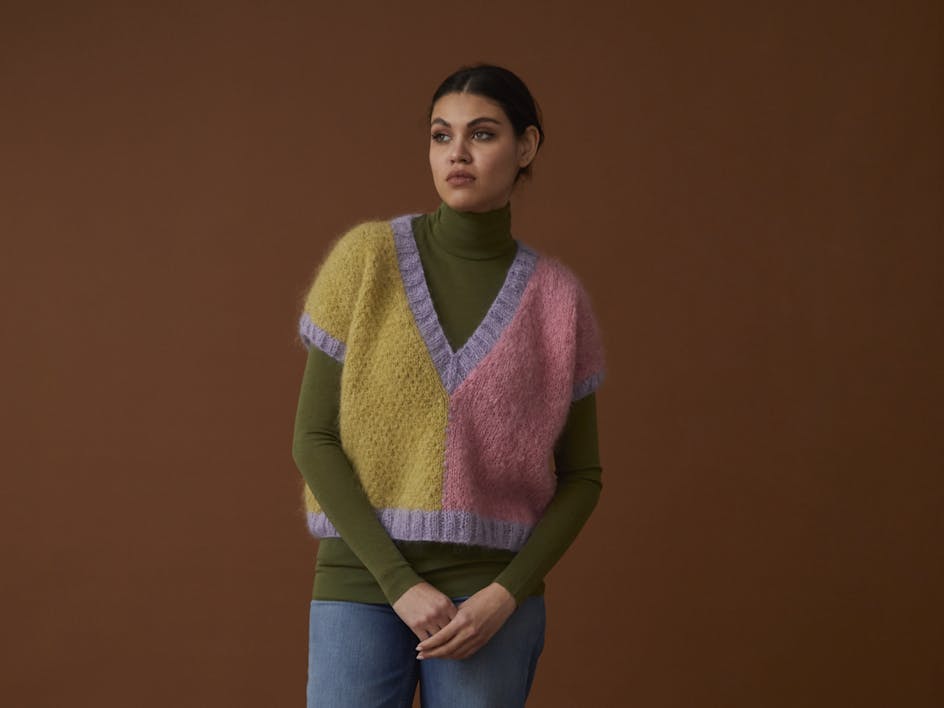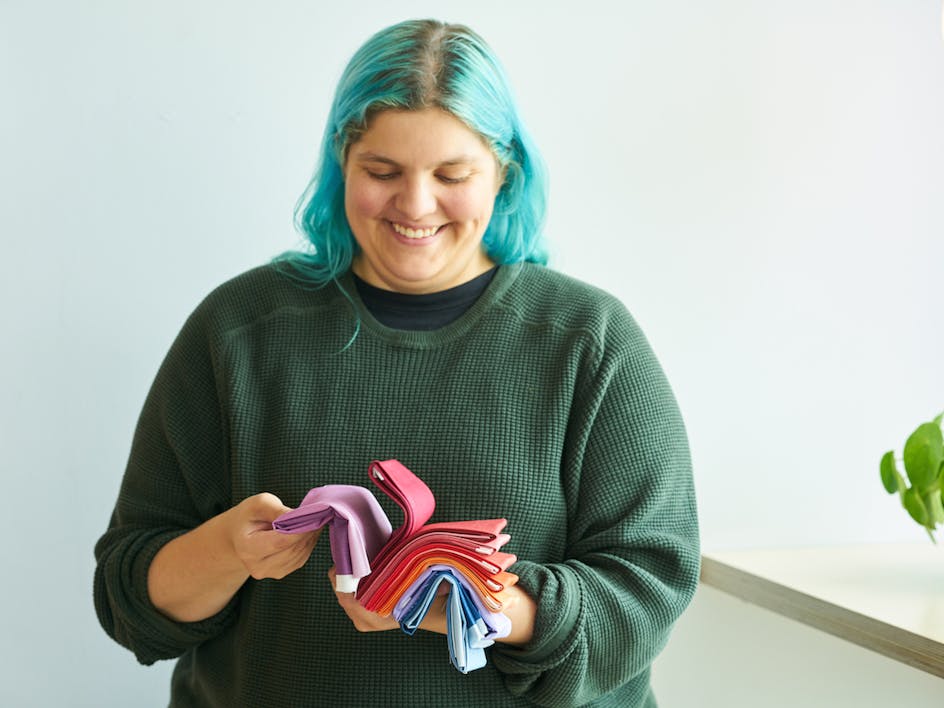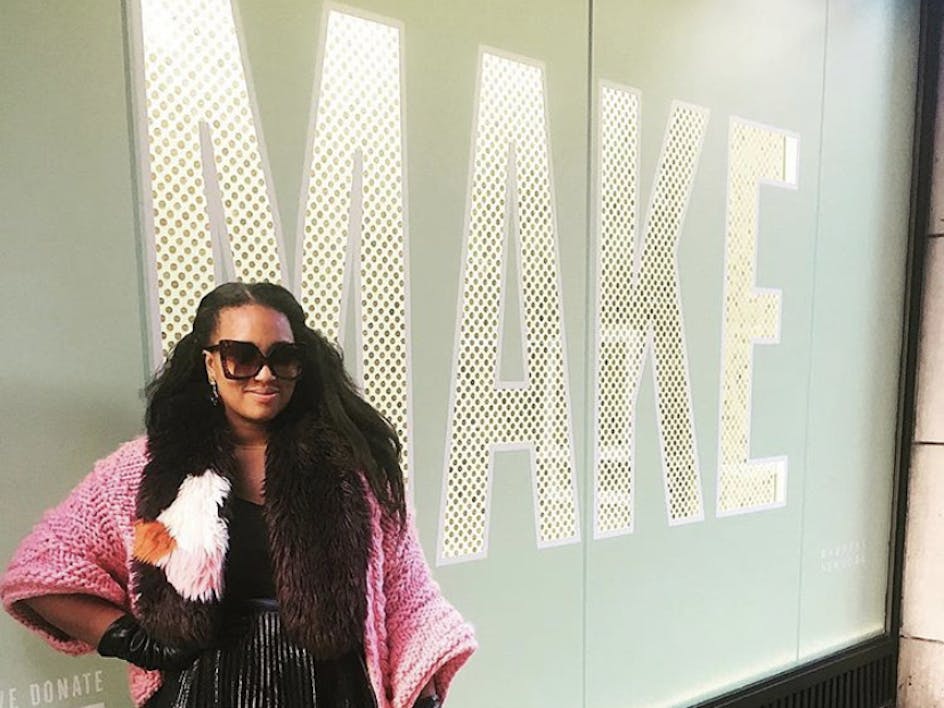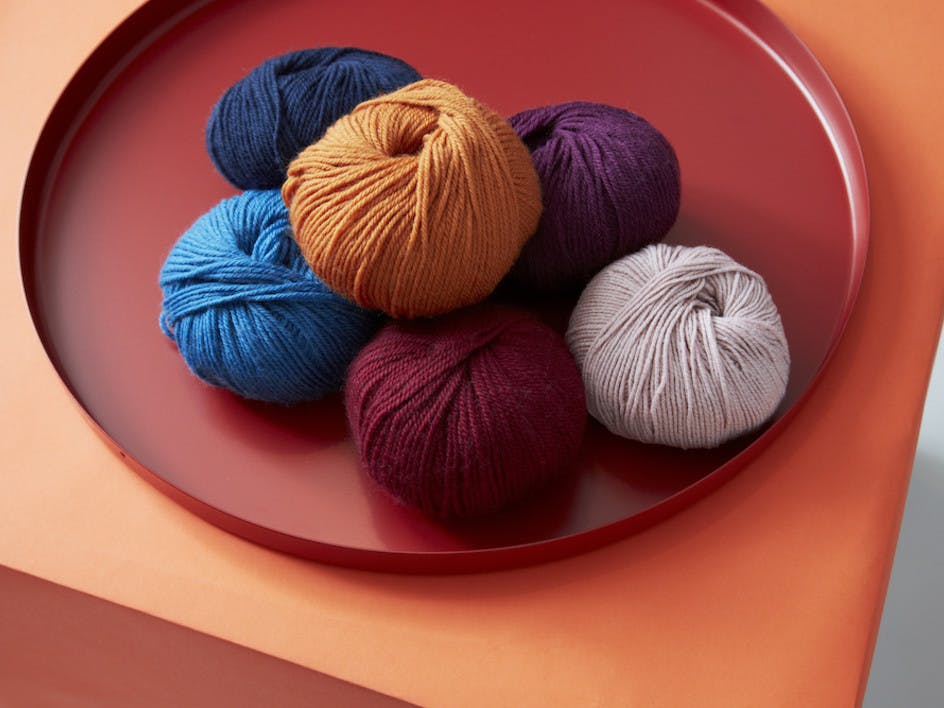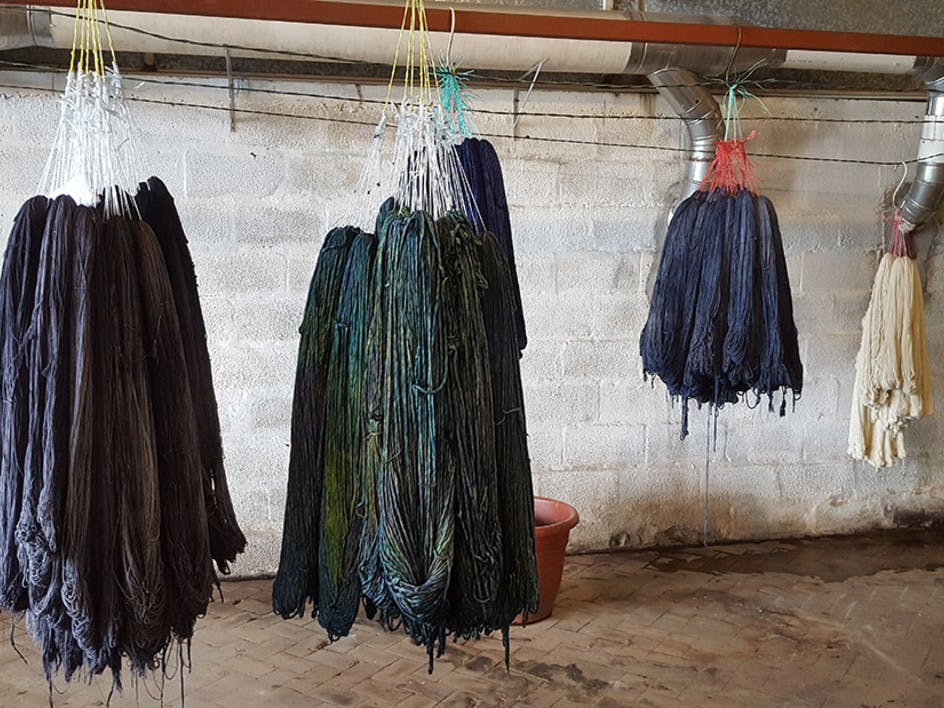Where does wool come from and how is it made?
Published on 9 June 2021 5 min readWool is no stranger to knitters and crocheters - wool fibre is a dream to make with and create gorgeous woollen garments! It comes from the thick coat of sheep which keeps them warm in winter and cool during the summers.
Cosy, chic and a total joy to work with, pure wool ranks highly in our favourite stash items! We might use a lot of it in our crafty endeavours, but have you ever wondered where it comes from? We know that wool comes from an animal’s thick woolly coat, but how does it get from sheep to stash?
Join us as we explore where this wonderful fibre comes from and how all the different types are made – from cashmere and merino to alpaca and angora.
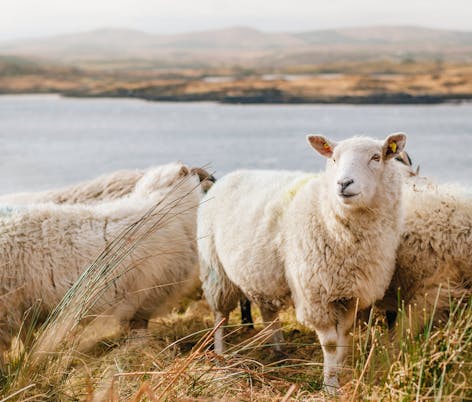
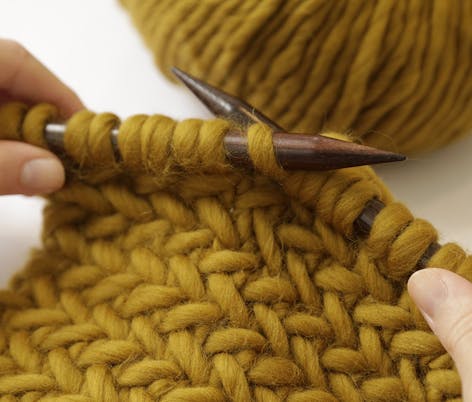
Where does wool come from?
Wool predominantly comes from sheep. Sheep grow a thick, cosy coat – also known as a fleece – during the winter months to protect them from the elements. Come summertime, the sheep are ready for a haircut before the warmer weather sets in. Farmers carefully shear the sheep, retaining all the lovely wool to be made into yarn.
Of course, before it can be used for anything it needs to be cleaned, washed and dried. Once this is complete, special machines are used to untangle the raw wool and spin it into strings. Traditionally, this would have been a laborious process done by hand, but now we have machines that make the whole process of wool production much speedier.
How is wool made?
Making wool is truly an art, transforming a sheep’s fleece into different weights and textures of yarn takes skill! But it’s one we’ve been mastering for centuries. Did you know that a sheep’s annual fleece can weigh over 8 kilos? That’s a lot of wool! When left alone a sheep’s fleece can get super overgrown, but when shearing is done with patience and care, it’s totally harmless and means we can use all that lovely natural fibre to create lots of yarn!
Carding
After a good clean to remove all the dirt, it goes through a process called ‘Carding’. This is where wool is pulled through metal teeth to comb the fibres into thin, flatter strands. The fibre is naturally curly, which isn’t so great for yarn crafts, so carding helps get the wool ready to be turned into yarn!
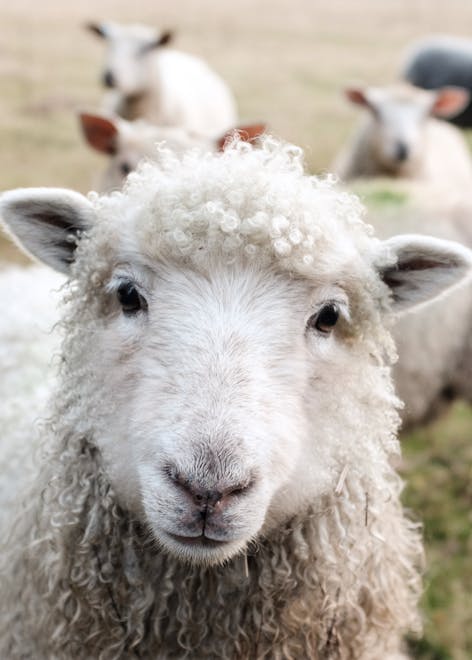
Spinning
Next comes the fun part, it’s time to spin! This is where the natural fibres are spun into something that’s actually usable for makers. There’s a few different ways to spin the wool to create different types and weights of yarn, but essentially a spinning wheel spins 2-3 strands of wool together to form longer, stronger pieces of yarn that we use in knitting and crochet.
Dyeing the yarn
From this point, you can either purchase undyed yarn, virgin wool which tends to be an off-white colour, or once it has been washed and spun into yarn, it can be dyed into a whole rainbow of colours. It absorbs water really well to make it super easy to dye any colour you can think of!
A brief history
Did you know that we haven’t always been able to use sheeps’ coats for textiles? Over 11,000 years ago, sheep were more hairy than woolly, so their fleece wasn’t suitable for making into yarn. Wise shepherds started to recognise that some breeds grew a more woolly fleece, perfect for shearing, and through selective breeding created flocks of sheep with perfectly woolly coats to make the wool textile we know and love today!
From around 4000BC, sheep’s wool has been used to create vital textiles. Along with linen and leather, it was seen as one of the most important materials during the Roman Empire. Since then, wool garments have become a staple in all our winter wardrobes, to keep us warm and cosy all season long.
The different types of wool
When we think of wool, we always think of sheep! But these days, the yarns we love don’t just come from a sheep’s undercoat. We use fibres from all sorts of different animals – from cashmere goats to angora rabbits, llamas to alpacas. Some wools, like merino, simply come from a different variety of sheep!
Cashmere
Cashmere is one of the most expensive and luxurious types, and when you feel it you can understand why! Lusciously soft and light to touch, it’s a joy to work with. Cashmere comes from the undercoat of special goats, predominantly kept in China and Mongolia.
Merino
Merino wool is named after the breed of sheep it comes from. Merino sheep were bred in Spain especially for their super soft and fine wool, but now lots of Merino comes from Australia.
Alpaca
Alpaca comes from – you guessed it – alpacas! This lovely, natural fibre is made up of hairs rather than wool, giving it its soft, silky and durable finish. If you have allergies, alpaca makes the perfect choice as it contains no lanolin, making it a great hypoallergenic sheep’s wool alternative.










